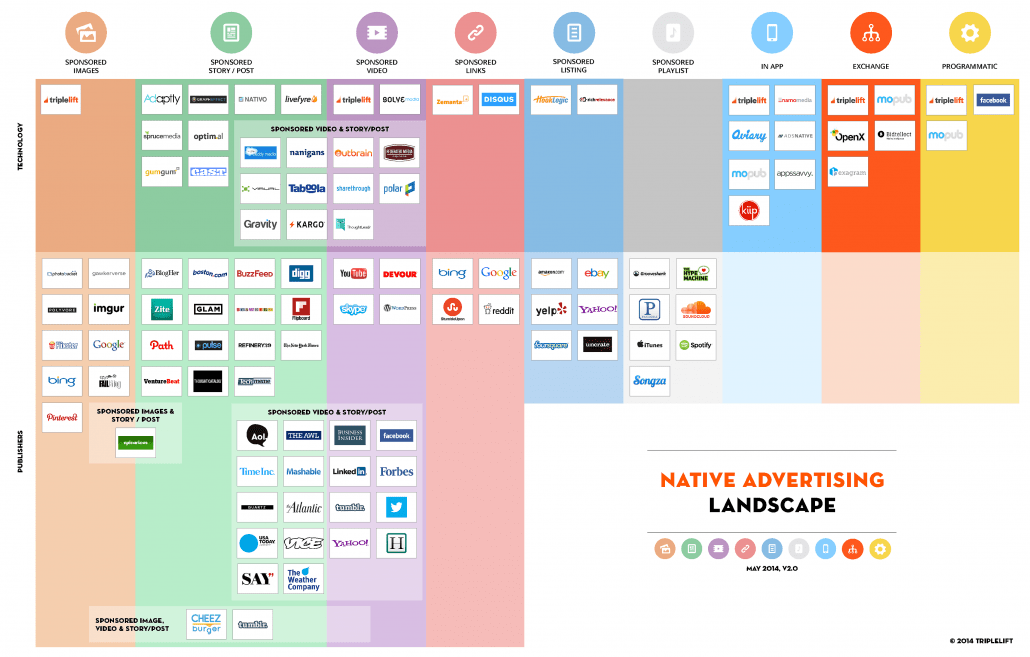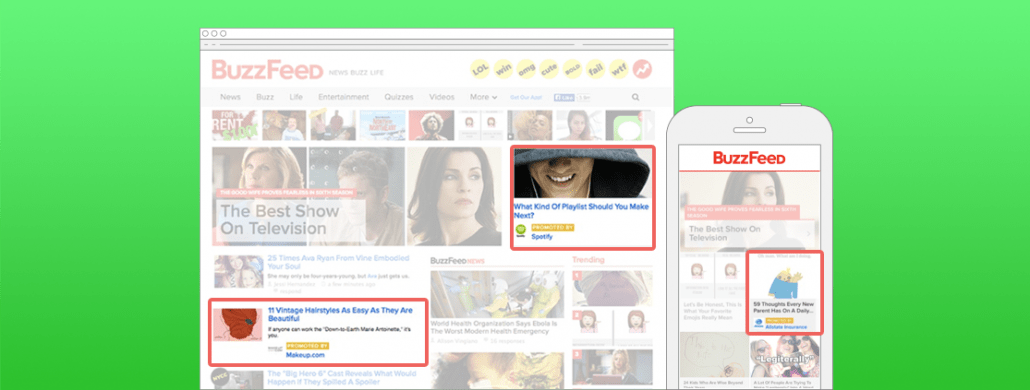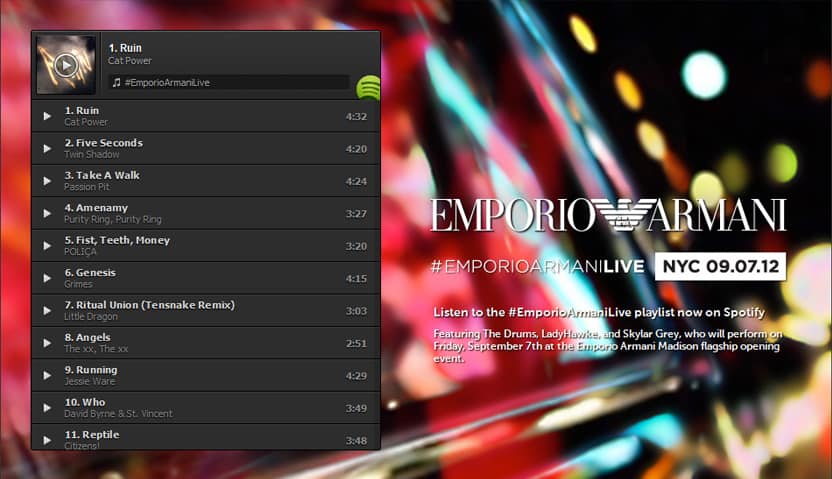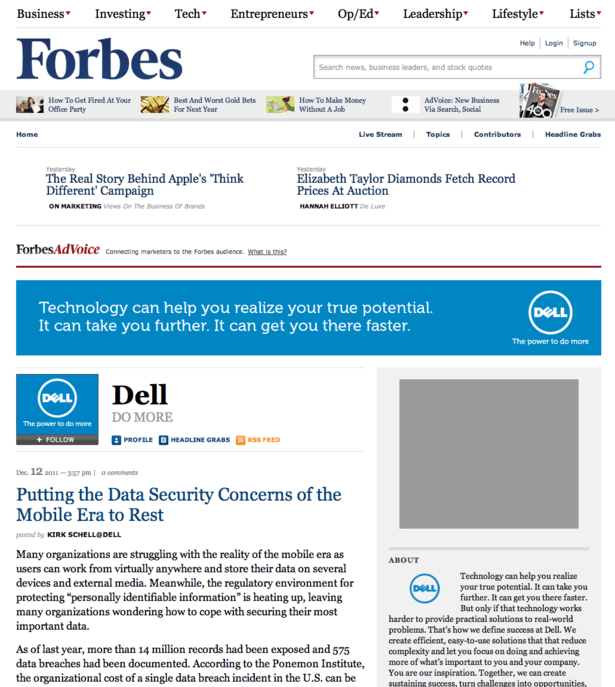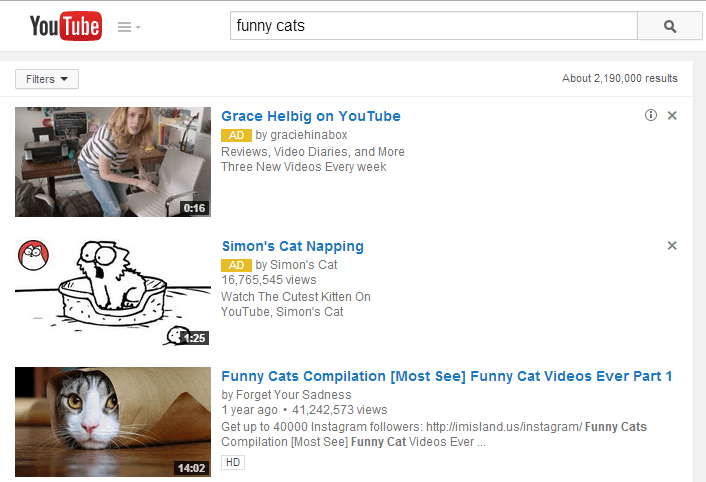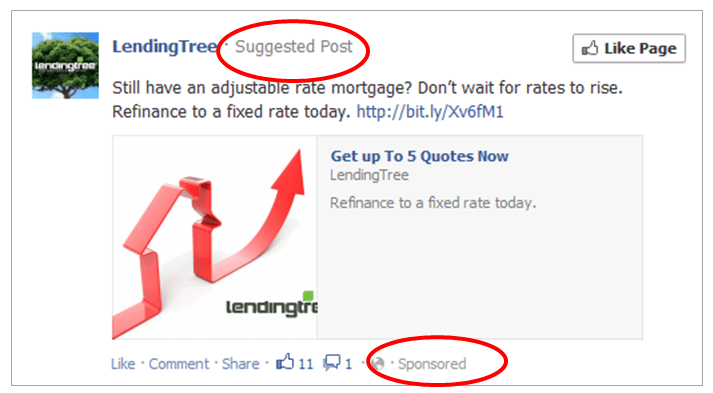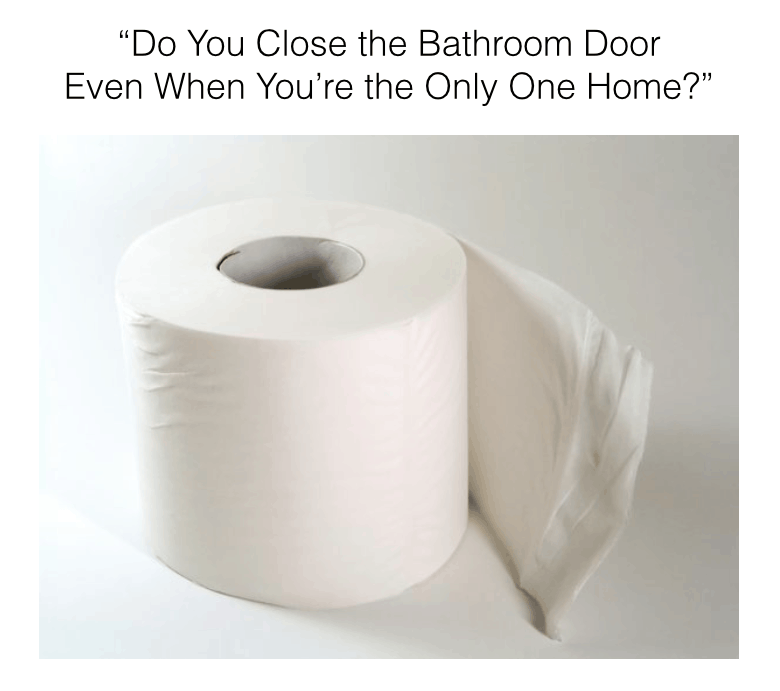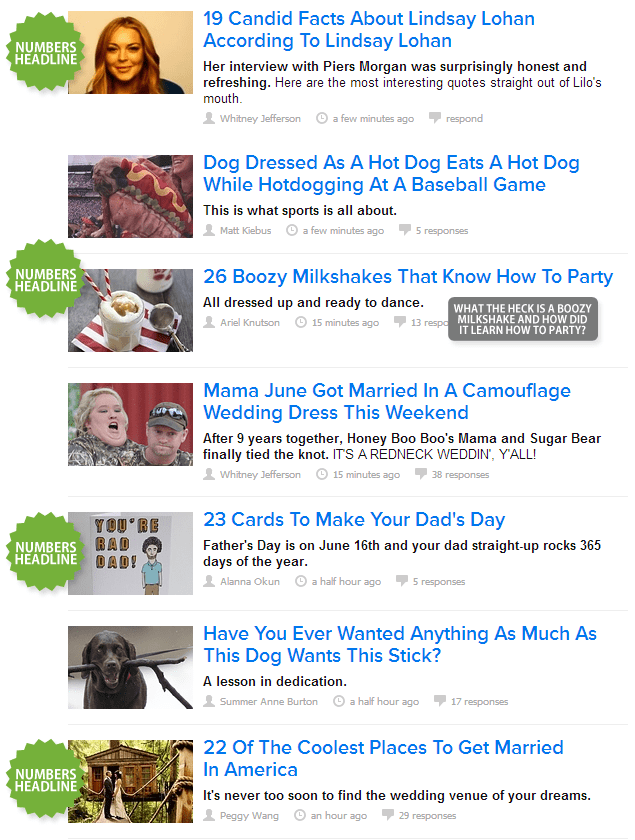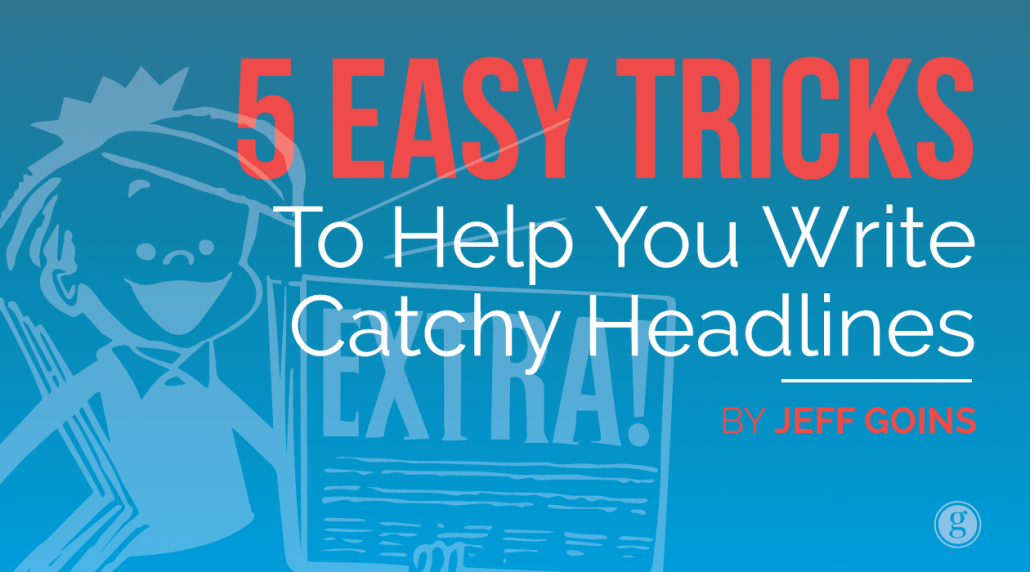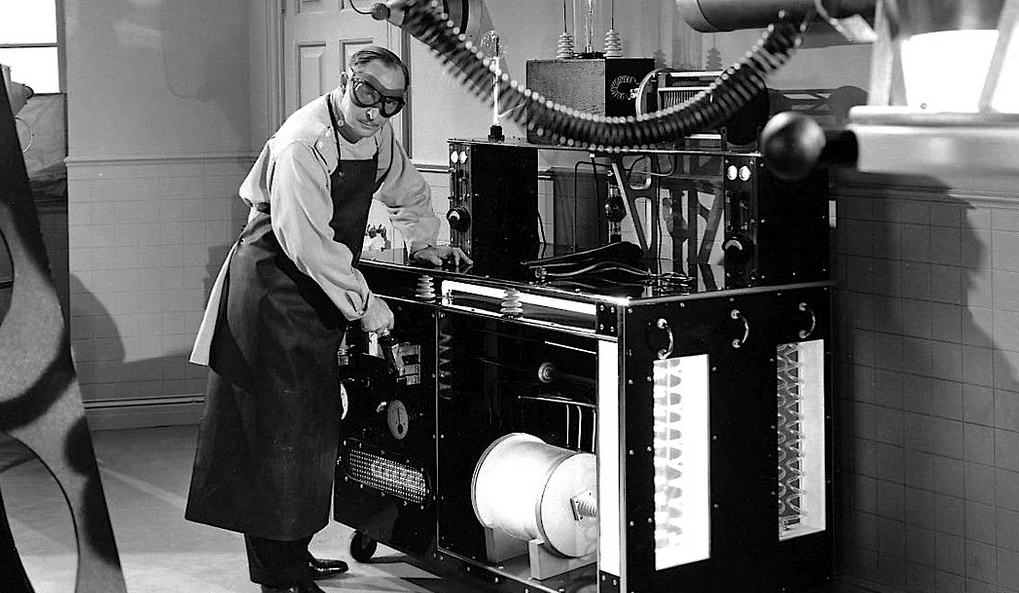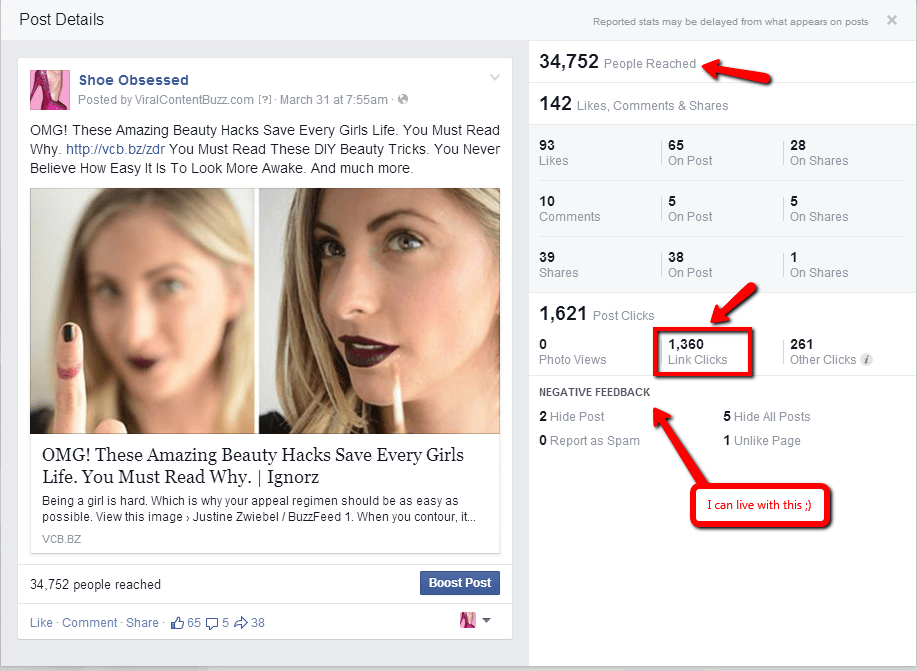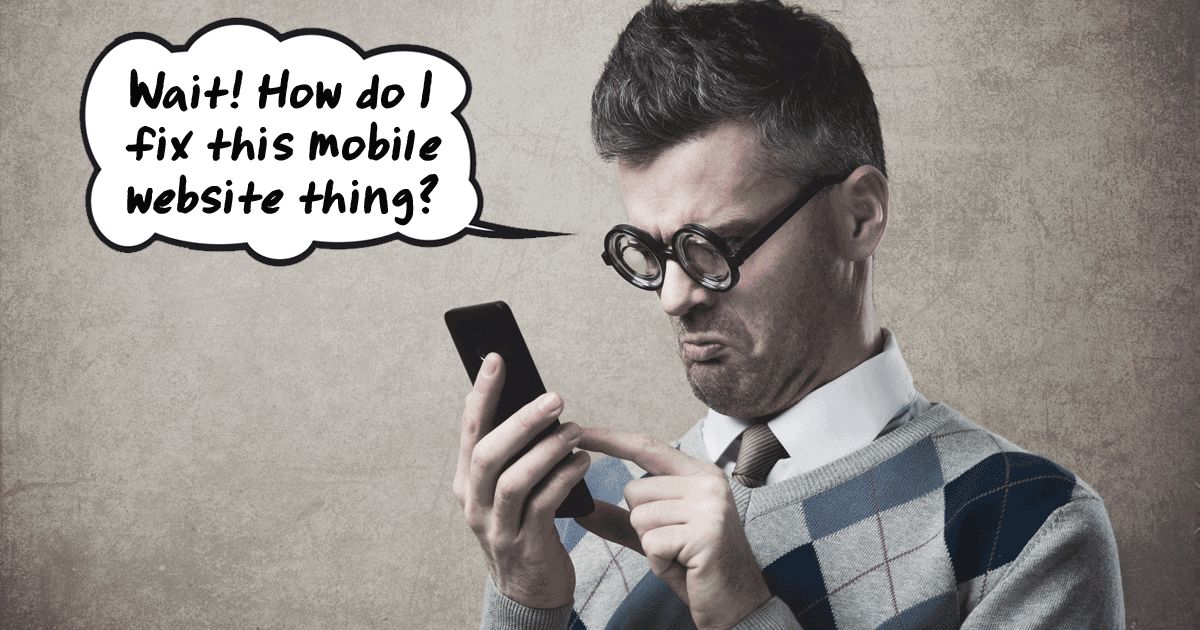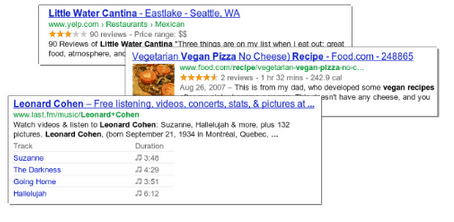Going Native: How to Boost Your Content Marketing with Native Advertising
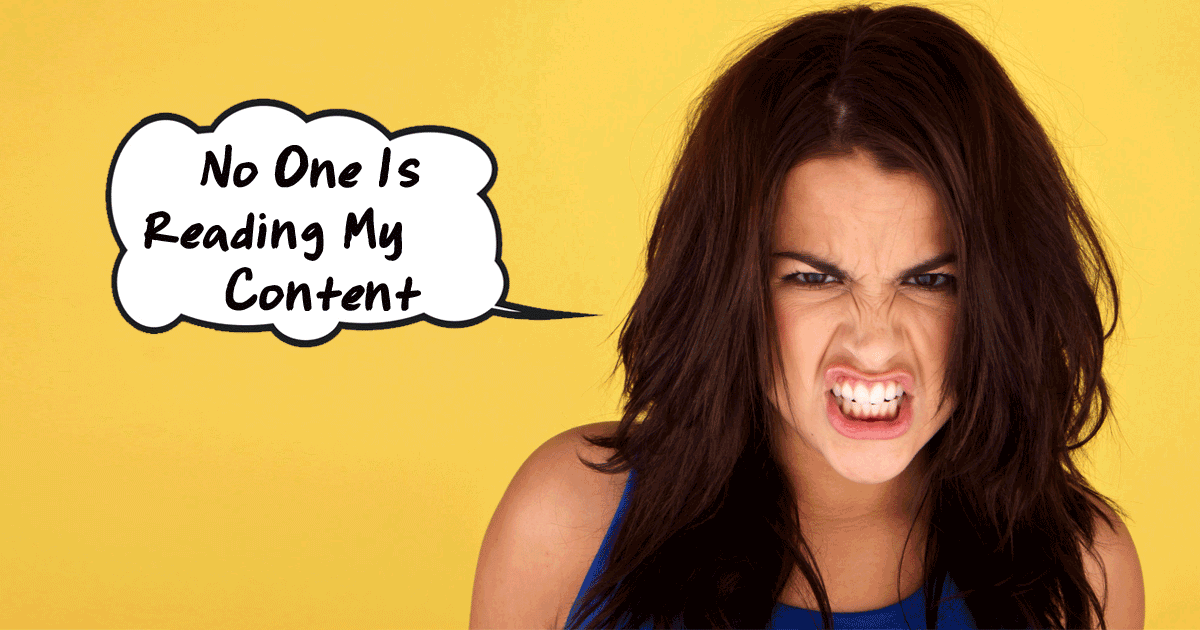
If a tree falls in the forest, does it make a sound? This age-old philosophical puzzle is one which applies very neatly to a problem faced by many people currently pumping energy, resources and budget into a content marketing strategy. If nobody sees your content, is there any point in it existing?
The short answer is no.
However incisive, original, chuckle-inducing or downright eye-meltingly awesome the content you’re creating is, if nobody clicks on it, you’ve wasted your resources. The ultimate goal of any content strategy is to serve up cracking content which builds brand awareness, increases traffic, boosts your reputation, earns customer loyalty and helps push readers towards a conversion. But if nobody see s your content, none of these goals can be achieved. You need eyes on your creation.
There are lots of different ways to help get your content out there. From optimizing titles for searched-for keywords and publicizing your creation through social media, to submitting content like embeddable infographics to authoritative sites; there are plenty of routes you can take to start getting your content noticed. Yet sometimes you need a little more firepower, and that’s when native advertising can be the ace up your sleeve.
Today we’re going to be looking at how you can harness native advertising to get your content noticed. Whether that means more traffic, more social shares or even getting picked up by other publications to earn juicy links.
What Is Native Advertising?
First things first, what is native? This form of paid digital advertising comes in a few different flavors but effectively boils down to seeing your content promoted within another digital publication or platform.
From “related content” published beneath Buzzfeed articles, to sponsored tweets and even Spotify playlists, there are tonnes of native advertising opportunities out there, which makes this form of advertising brilliantly flexible for brands of all shapes, sizes and specialties.
This handy Triplelift infographic will give you a good run down of the native advertising options you could consider.
And here are a few examples of native advertising in action:
- Promoted story units on Buzzfeed (click on image for full size)
- Sponsored playlists on Spotify (click on image for full size)
- Sponsored posts on Forbes
- Sponsored videos on Youtube
- Sponsored content on Facebook
Image Source: www.advancessg.com
Engaging Or Misleading?
Some marketers and digital commentators are in two minds about native advertising, so it’s worth flagging up the “controversy” before we get stuck in. While this form of digital advert is a great way for brands to show up on the websites and platforms their target audience love, some critics see it as deliberately misleading.
As content is often presented to look like that on the host site, it’s common for users to click on sponsored content, unaware that it is advertorial in nature. Most platforms now clearly flag up sponsored content and native ads, but some critics are still not happy about the direction the practice is taking.
Why Try Native Advertising?
Controversy aside, this is a powerful form of digital advertising. With users ever more web-savvy and ever more reluctant to click on blatant ads, it’s the softer digital marketing approaches which are now getting the most traction.
In stark contrast to hard sell banner advertising, native advertising serves up something a website’s visitors may be interested in, in a format which is visually very similar to the platform or site they are on. Clickable, sharable, these adverts don’t really feel like advertising – they’re sharing content with an interested audience rather than pushing a product.
The statistics speak for themselves…
- In 2012, US spending on native advertising was at $1.4bn
- In 2013 that figure almost doubled reaching $2.4b
- In 2014, spending on native ads reached $3.1bn
- In 2015 it’s predicted that spending will hit $3.7bn.
- Some brands have achieved great things with native ads. This company got 416,000 click throughs with an 8% click through rate.
- Web users are 53% more likely to click on a native ad rather than a banner ad
- Just 19% of surveyed web users claimed they’d be willing to share a traditional PPC banner advert with friend of family member.
- By contrast, 32% were happy to share a native advert with their social circle
- Meanwhile click through rates for traditional display ads are stagnating. In 2000 the average CTR was 9%, in 2012 that rate fell to just 0.2%.
So how can you harness all this goodness and do big things for your content marketing strategy?
Step One: Picking your platform
Choosing the right platform or website for promoting your content is essential. This is all about nailing down your audience and making sure the right people see the content that interests them. To get this right, you need to know your target markets.
From running surveys that uncover your key demographic’s favorite online hangouts, to building customer personas which shed light on how your audience use the web, the more you know about who you’re targeting, the better you can target them.
Once you’ve established which sites and platforms your target market frequent, it’s time to take a closer look at the available publishers you can use to set up your native ads. Some platforms like Buzzfeed, Spotify and Twitter do this independently. Other websites like College Humor, CNN, The Guardian, NBC and Business Insider use publishers to feed through their promoted content.
The big two you need to know about are:
These publishers give you a wide range of sites to display your native adverts on and provide helpful tools which help you to control your campaign and measure your success. This is beneficial if you like to keep all your activity on one spot.
However, if a publisher who undertakes their native advertising independently (like those mentioned above) is an absolutely perfect fit for your brand and your audience, you may want to step outside of Outbrain and Taboola.
Step Two: Packaging your content
Once you’ve picked your publishers, it’s time to package up your content. The first glimpse users will have of your content is most likely going to be a title and perhaps a picture or quick snippet, clamoring for attention amongst other promoted and on site content. Your ad needs to get attention and trigger a click through.
This is a case of judging a book by its cover and your cover needs to look seriously tempting. Choosing a compelling image will help, but the key piece of advertising at your disposal at this point is your title. That means you need to get clever with your headlines.
The very best in the biz (i.e. sites like UpWorthy and Buzzfeed) devote serious man hours to crafting the perfect titles. In fact, UpWorthy insiders claim the site split tests 25 headline variations before hitting on the standout one. That’s how crucial a hot headline can be. You may not have the resources for this level of A/B testing, but you can follow best practice and give some tried and tested tips a go…
- Ask a question
Image Source: blog.bufferapp.com An unanswered question is a real cliffhanger. People like to have all the answers, so using an intriguing question as your title can compel clicks like nobody’s business.
- Get numerical
Image Source: moz.com/blog/ A whole plethora of studies have show that headlines which use numbers get more clicks. Some title nerds have even studied which numbers generate the highest click through rates…
- “You” know who
Image Source: goinswriter.com Who’s the most important person to your readers? Why, themselves of course. Including your reader in your title with the pronoun “you” will get them involved immediately and can really ramp up clicks.
- Testing, testing…
Image Source: punditfromanotherplanet.com You may not have time to split test 25 title variations, but the more time you can spend A/B testing your titles, the more juice you’ll get out of your native adverts. Need a little testing assistance? For $99, the AppSumo plugin gives you the ability to quickly test multiple headlines.
Step Three: Giving them what they want – Once you’ve tempted readers through to your content, the battle is half won. You’ve boosted traffic and you’re creating brand awareness, but why stop there? With the right kind of content you can win social shares, repeat visitors and the opportunity to funnel a visitor down the buying journey towards the Holy Grail that is a conversion.
If you’re going to invest in native advertising, you’ll want to get the absolute most out of your campaign. That means you need to take the time to give your hard-won visitors the content they’re expecting and the content they want – then give them lots of options to engage with your brand further. The last thing you want is a click which turns into an immediate bounce.
Here are some tips to help…
- Consider launching a microsite – A heavily promotional site which looks like its trying to sell something is anathema to native advertising. Visitors expecting enjoyable content could be seriously put off by a promotional site. Consider setting up a microsite to host your content. This will give your content a home with a much softer sell, where visitors can engage with your creation and become familiar with your brand without pushy sales messages.
- Unbrand – Wherever possible strip back your branding, remove contact telephone numbers, cut out big logos and sales messages – instead focus on user experience.
- Be readable – Make your content as enjoyable and easy to read as possible. Short paragraphs, subheadings, images, GIFs, bullet points and multimedia resources will all help rack up “time on page” and win positive attention from visitors.
- Encourage sharing – Now you’ve reeled them in, it’s time to capitalize on your hard work. The more visitors share your content, the more traffic you’ll receive and brand awareness you’ll raise. Plus – it’s almost free advertising! Include social share buttons prominently and embed codes where appropriate. Here are some tools you might want to employ:
PRO TIP: Depending on the topic I’m writing about, I like to use Viral Content Buzz. I use it to share other people’s content as well as help with promoting my own. They do a nice job at classifying content by categories to help the social share be as relevant as possible. Not every share is going to be a WIN, but once in a while you get a good share from someone like me (on one of our larger Facebook pages) and it just clicks (literally)…
Everything has to align for me to share a good piece of content.. the title, the image and the status that goes along with it. All of these were primed for success on my page which has an audience consisting of 90%+ Women ages 18 to 55.
Step Four: Measuring outcomes
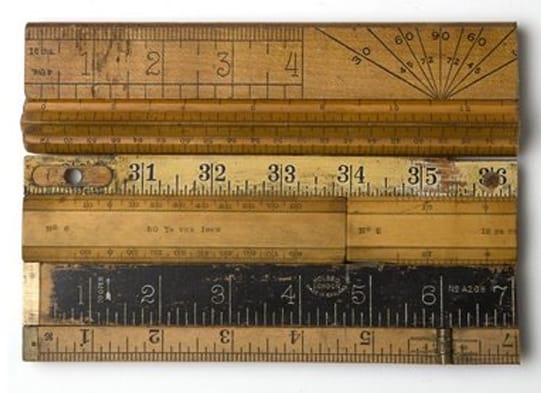
Now that your native advertising campaign is under way (and dovetailing perfectly with your content marketing strategy!) it’s time to hone and perfect your approach. Regular testing and monitoring of your native advertising is essential if you want to see continuous improvement and ever-better results. Key metrics to record include:
Click through rates (set up tracking to record native ad clicks)
- Unique visits
- Bounce rate
- Time on page
- Time on site
- Pageviews across site
Measure these metrics against each piece of content to see which pieces and which adverts are gaining the most traction. Apply lessons learned through observing which content sinks and which swims, then use the 80:20 rule to add a little innovation to the continued development of your campaign.
Keep in mind that native advertising is not FREE and should not replace your SEO efforts. If SEO is your primary focus, use native advertising sparingly to bring targeted eyeballs to your content. Not everything you publish needs to be amplified via Native Advertising.
Have you used native advertising to promote your content? What has been your experience? Share your insights and top tips with other readers below, or have your say by tweeting us @TopHatRank.
